When some people think about Mexican clothing, they immediately conjure up images of women in flowing skirts and men in giant sombreros. The fact is, Mexican people wear all manner of clothing, much of it akin to the jeans and T-shirts popular in the United States and Europe. However, there are some striking differences in Mexican fashion that you can find during special events or in specific regions.
Types
There are three primary types of Mexican clothing. There is daily clothing which varies according to profession and economic class but in general consists of slacks or jeans with a button-down shirt or T-shirt for men and a skirt or slacks with a blouse or T-shirt for women. Then there is traditional Mexican clothing, which varies by region but often includes shirts made from natural fibers such as cotton and agave, shawls known as rebozos (which are also wrapped and used to carry babies), leather cowboy boots and, for men, sarapes, or big blankets worn over the shoulder for warmth. Finally, there is ceremonial clothing worn for indigenous dances, cultural festivals and other special occasions.
Youth Fashion
Children and teenagers often wear jeans and T-shirts but, during the week, most of them are in school uniforms because even public schools require them. A typical school uniform consists of a white or light-colored polo shirt with the school's name and insignia on the chest. Boys wear slacks, usually navy blue, and girls wear skirts that go just past the knee. Students wear thick-soled black shoes and the girls wear long white socks that extend over the knee.
Features
Some of the key features of Mexican clothing that make them stand out from its United States counterparts include natural dying and hand-stitching. These traditions have faded in popularity over time because they are time-consuming, but the low cost of labor in Mexico still makes a hand-embroidered blouse or handmade leather shoes affordable. Natural dyes are typically plant-based, integrating leaves, grasses, flower petals and ground-up seeds to create the dye. Ceremonial skirts, dresses and blouses may also feature hand-beading, fringe, braided ribbons and fabrics woven from backstrap looms.
Geography
Different regions of Mexico specialize in different types of manufacturing, making certain clothing more fashionable in certain areas. For example, the colonial heartland of Mexico, including Leon, Guanajuato, San Miguel de Allende and a host of smaller villages, is known for its leather work. Shoes, belts, vests and boots come in many colors and styles, with buckles, metal studs, embossing and cutout designs popular. In Chiapas and Oaxaca, indigenous culture is prominent and daily dress may consist of a variety of traditional clothing such as bright huipil tunics, thick furry skirts, and brightly-colored blouses with contrasting embroidery.
Warning
One of the primary differences between Mexican fashion and that of the United States regards modesty. Most Mexican people who live inland do not wear short shorts. Even modest shorts or skirts that almost reach the knee can be too revealing to wear inside a cathedral. Likewise, semi-transparent shirts and skinny-strap tank tops are not common in Mexico's smaller towns and the more conservative southern states of Oaxaca and Chiapas.
Related Articles
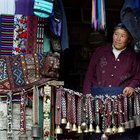
What Kind of Clothes Do They Wear in ...
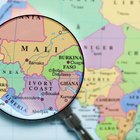
What Kind of Clothing Do People in Mali ...

Indigenous Clothes in Bolivia
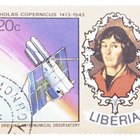
Liberian Fashions, Styles & Wedding ...
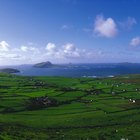
What Kinds of Clothes Do They Wear in ...
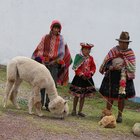
What Kind of Clothing Do Peruvians Wear?

Traditional African Wedding Attire
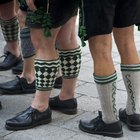
What Kind of Clothing Do People Wear in ...
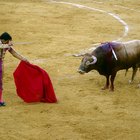
10 Facts About Clothing in Spain
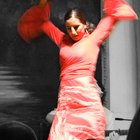
Hispanic Clothing History

What Kind of Clothes Do El Salvadorans ...

What Type of Clothing Do People in the ...

What Clothes Do They Wear in Israel?

School Uniforms in the 1940s
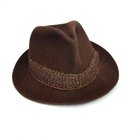
1950s Gangster Clothes

What Kind of Clothes Do Children in ...

About Apache Indian Clothing

What Types of Clothes Do They Wear in ...

What Kind of Clothes Do Japanese ...

About Jumano Indian Clothing
References
Writer Bio
Nina Makofsky has been a professional writer for more than 20 years. She specializes in art, pop culture, education, travel and theater. She currently serves as a Mexican correspondent for "Aishti Magazine," covering everything from folk art to urban trends. She holds a Bachelor of Arts in English from Mills College.